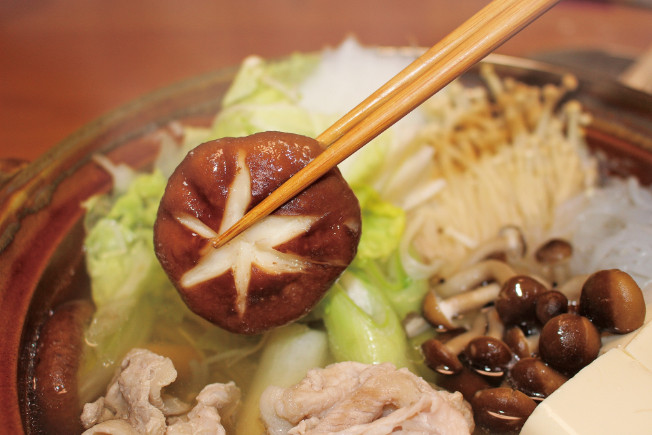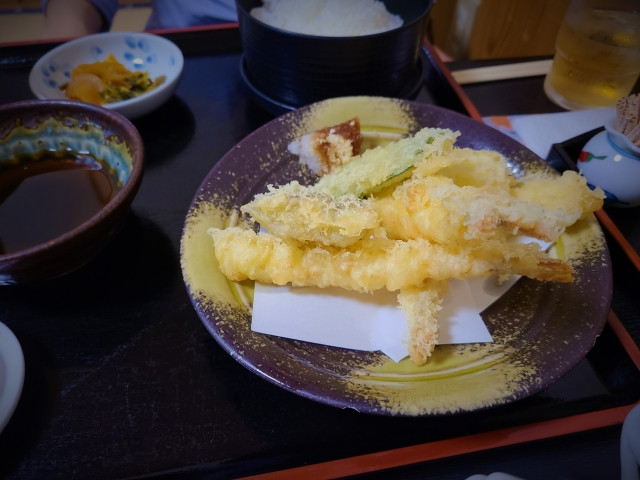Tokyo, being the capital of Japan, has plenty to offer in terms of unique tourist experiences and attractions. Tokyo is also considered as one of the prime destinations offering the best authentic and mouth-watering Japanese dishes. Learn more about the dishes that started in Tokyo here!
Table of Contents
All About Tokyo’s Famous Local Dishes
As early as a couple of hundreds of years ago, Japan began adapting stylish cooking skills that produce authentic food, something straight out from the heavens. Dating back to past centuries, the Chinese may have influenced Japanese cuisine, nonetheless, the country has its genuine local foods through the years of changes. Today, Japanese cuisine opened its gate to the inspiration of Western techniques, but of course, while still maintaining the quality of Japanese food.
Famous Tokyo food and local dishes
Japan, being a fanatic of rice dishes, began embracing the taste of simmered and fried foods, pickled fruits and vegetables, and some sweets perfect for every season. Here are the best dishes Japan openly offers to the world:
Monjayaki
Over 75 restaurants in Tokyo offer this type of runny pancake-like mix, simply made with some stir-fried vegetables, meat, and other toppings like cheese, mentaiko and such, all seasoned to taste. This dish is first offered as mojiyaki and became famous to people later in the ’80s.
Soba
This meal is perfect for all the noodle lovers out there. Soba is a buckwheat noodle, usually partnered with shrimp served in either hot or cold state, offered at affordable prices in Tokyo. Many soba restaurants are proud of making their noodles from scratch, so you will never go wrong in choosing this one.
Fukagawa Meshi
As expected, residents in Japan really love to style their rice bowl with a mixture of seafood and other seasoned vegetables. This rice dish is famous as it’s made with clams.
Nabe

Nabe is simply a hot pot soup best served in the coldest seasons of Japan. In Tokyo, you can find almost any kind of nabe from around the country, but there are three types that are based in Tokyo.
a. Dojo - Dojo is a type of fish called a loach in English, and it’s cooked in a pot, seasoned with pepper, beans, and soy sauce.
b. Chanko - this type of nabe can fulfill your protein intake as it is a favorite of sumo wrestlers. Unlike dojo, this soup has a handful of mushrooms, carrots, cruciferous vegetables, meat, and lots of seafood. Other restaurants often cook this in chicken broth.
c. Yanagawa - this is a dojo nabe inspired soup with just slight differences in the preparation. This consists of poached bones of a dojo, a portion of thin slices of red meat, octopus, and lastly, an egg to bring out the taste of it. The ingredients are well-blended, giving you the taste of Japan.
Zuke or Tsukemono
This is a collection of pickled vegetables. Sometimes, Zuke is served raw as a refreshment to Japanese meal courses. If you manage to master the art of Zuke, you can easily prepare this at home.
a. Bettara - this is simply made from pickled radish served with a salty taste and the rice beneath it comes with a sweet taste since it is fermented with sugar.
b. Takuan - also known as danmuji, is a yellow-colored, crisp, pickled daikon radish seasoned to taste. This is best partnered with sushi since it compliments its freshness.
c. Fukujin - unlike the two, this Zuke is a mixture of other vegetables - eggplant, cucumber, and daikon, flavored with soy sauce. This one has a characteristic red color and can be bought in supermarkets. It is often served on the side of curry.
Umeboshi
Try this variety of nutrients enveloped in a round fruit - the salted Japanese plum- Umeboshi. Its very acidic and salty taste makes it a distinct addition fit for your diet. You can often find umeboshi on your rice in a bento box set.
Kaminari-okoshi
Sweets are perfect to end your meal and Japan offers this yummy, flat-shaped, flavored rice crisp delicacy. This sometimes comes in different colors and in divided portions, and you can buy them to eat on the spot, placed in a plate or handy paper cups, that you can comfortably carry when strolling around, or buy them as souvenirs to take home.
Ningyo-Yaki
Kids are often fascinated by cute things, especially if this is a type of food. Ningyo-Yaki is typically a small cake deliciously molded into adorable animals and sometimes, even faces, that comes with a variety of flavors. This has been a popular snack for years and can be the best souvenirs for children at home. You can also find it in Asakusa.
Writer's Pick
Famous Tokyo Restaurants

Besides the above Tokyo-based local foods, there are countless types of Japanese cuisine and the many of the most authentic and finest restaurants are, of course, planted in the capital of Japan - none other than Tokyo.
Sushi
The initial dish that travels to your mind and tongue when you think about Japan is Sushi. Japan is well known for this dish and even presented in the form of art. Listed are the reputable restaurants in Tokyo when it comes to Sushi.
1. Sukiyabashi Jiro - this is located in Chuo City with only a minute walk from Ginza Station. As a 3-star Michelin restaurant, enjoying your sushi will cost you a budget amounting to 40,000 yen. This usually opens at 11:30 noon and closes at 8:30 in the evening and be advised that it doesn’t operate on Sundays and holidays.
※ Sukiyabashi Jiro, "Shop Info."
2. Sushi Saito - the restaurant comes by the name of its famous chef - Saito, and consistently famous for being a 3-star Michelin. This is located at Roppongi, Tokyo, particularly on the 1st floor of Ark Hills South Tower, with only a 5-minute walk. The price ranges from 10,000-20,000 yen depending on the time of day. You need a reservation.
※Ark Hills, "Sushi Saito"
3.Tsukiji - if you want to enjoy your sushi at a low price, there are several great restaurants in the Tsukiji outer market that will fit your budget. These are Sushi Zanmai, Harenohi Shokudo, and Sushi Dai, within a short walk from Tsukiji Station.
Monjayaki
You can eat monjya to your heart’s content on Monjya Street in Tsukishima. Nishiki offers some of the best. You can utilize the Oedo and Yurakucho Lines to get to Tsukishima station and arrive at the place as early as 11 in the morning. Other quality Monjayaki restaurants also include Monja Mugi.
Ramen
Japan is arguably the best when it comes to ramen. They serve the best noodle soup dish in almost every alley of the country.
Situated in the eastern of Yoyogi-Uehara Station is a 3-minute walk Michelin-starred ramen restaurant- Tsuta. They offer a superb bowl of ramen from 11 am up to 5 pm of the day, only ranging from 1000-2000 yen.
※ Japanese Soba Noodles, "Menu"
Other ramen stations include Ramen Jiro, Rokurinsha, and the noodle paradise of the place - Ramen Street in Tokyo Station.
Tempura
One of the top three dishes of Tokyo is the deep-fried shrimp, tempura. Located in the Chuo City of Tokyo, another three-starred Michelin restaurant that opens at noon every Tuesday to Saturday is the famous Kyobashi Tempura Fukamachi. While their courses have to be reserved and start at around 7000 yen per person at lunch, much more for dinner, you can get a small taste of their quality by ordering a tempura rice bowl for lunch for 2800 yen, no reservation required. Other restaurants include Sobakiri Mimaki and Kyourakutei.
Wagyu Beef
This is special Japanese beef raised carefully with a tender texture. To add, Japanese wagyu beef is the most priced beef in the world so you have to be prepared to pay extra for the quality. While it really depends on how you like your beef cooked, we recommend Miyaichi, a teppanyaki restaurant in Toyosu. The prices are quite reasonable, both for lunch and dinner, and the taste guaranteed.
Points to take note
Some restaurants in Japan don’t offer reservations, so waiting in line would be the only way to enter the place; however, Japan has great regard when it comes to cooking, and being stuck in a queue is not a problem at all. Another thing to reconsider is tipping - Japanese cuisine doesn't allow any form of extra payment. Render quality service to customers is already a big deal to them and being kind to the waiter and waitresses is already enough. Lastly, Japan, although changing rapidly in recent years, relies on cash-based payments, and restaurants are not an exception, so always carry cash when exploring the place or check for the card symbol before entering a restaurant.
Summary

Japanese cuisines, especially can be summed up in just a word- splendid. Although the capital city and a melting pot of the cuisine from around the country, Tokyo has its own original taste and dishes that people can enjoy. And of course, they have top quality options for all sorts of Japanese food that you’ll never run out of options!


































